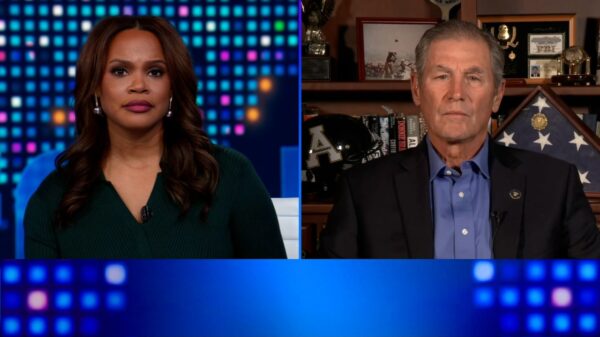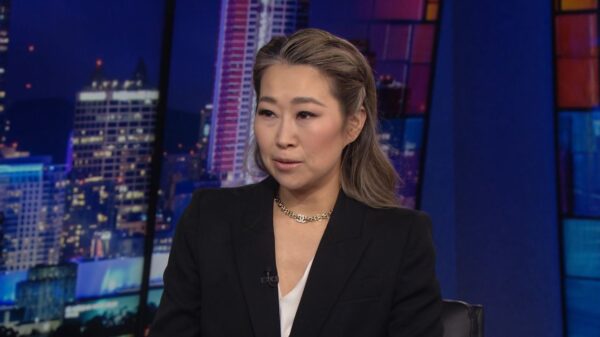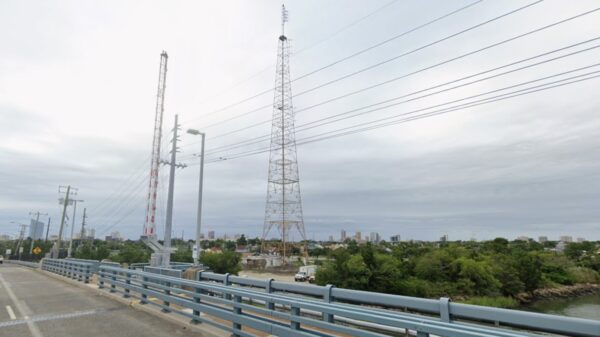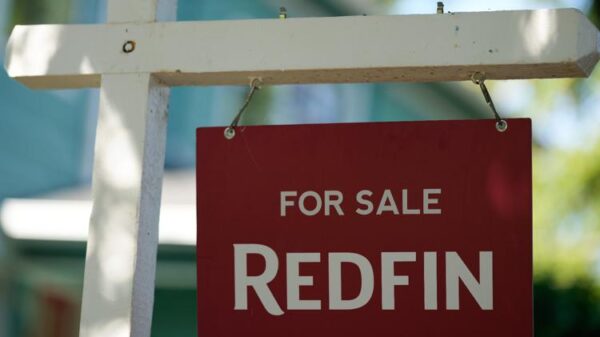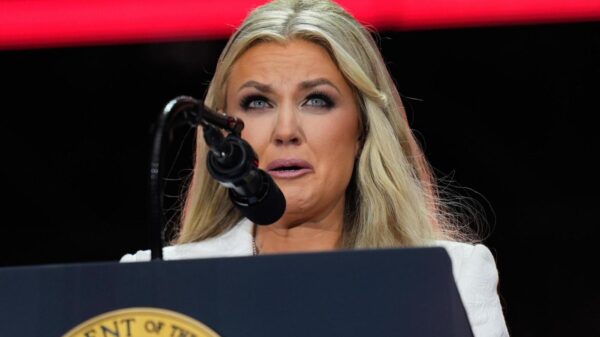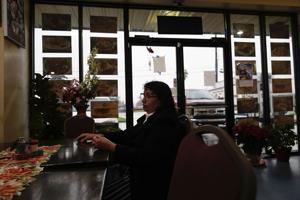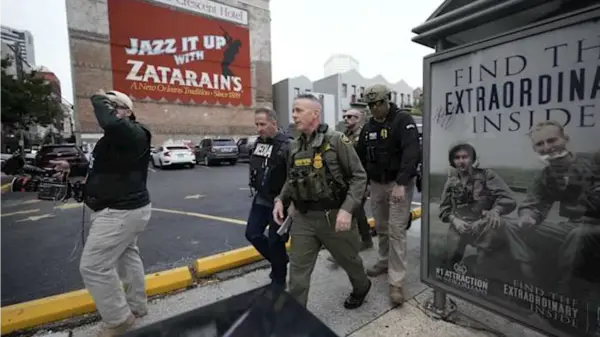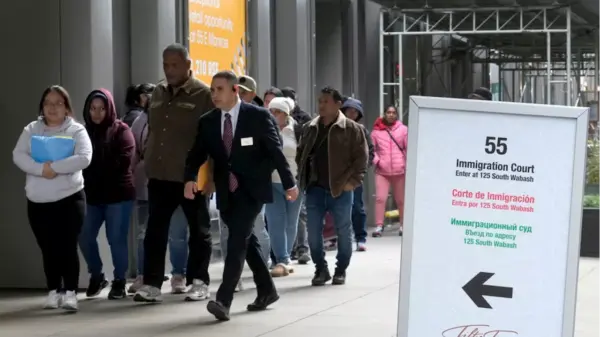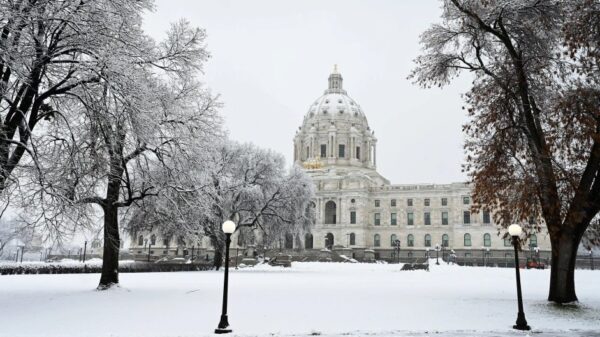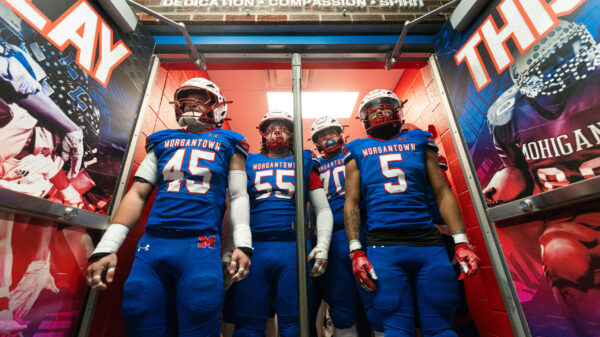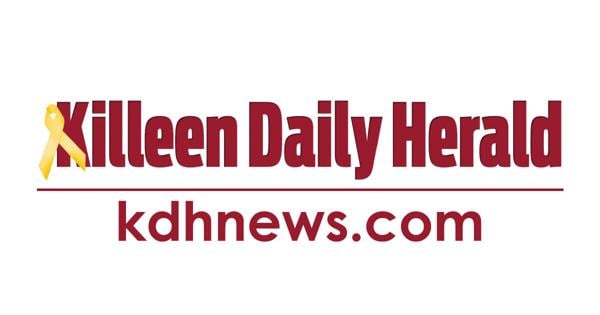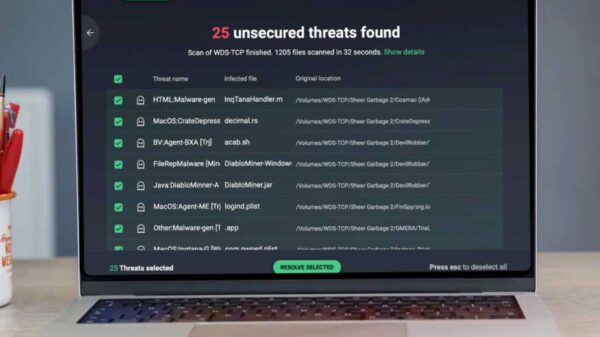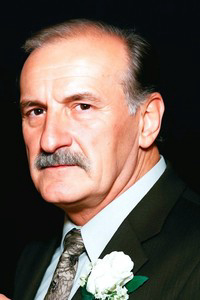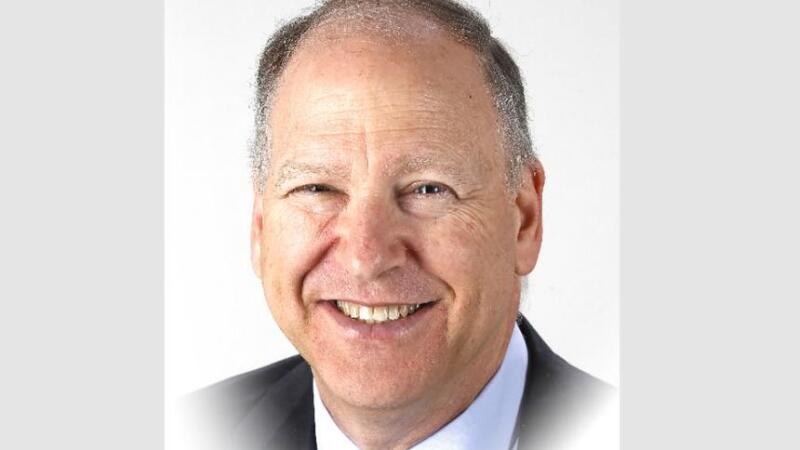Prairie Public Broadcasting, a staple in the media landscape of North Dakota and western Minnesota for over sixty years, faces significant funding reductions that threaten its future. The North Dakota Legislature has cut the organization’s funding by two-thirds, leaving it with just $400,000. Additionally, Congress has reduced its budget by $2 million. These drastic cuts have raised serious concerns about the impact on local programming and community engagement.
Background on Prairie Public Broadcasting
For decades, Prairie Public has provided essential services to its audience, showcasing local talent and informing viewers about regional issues. Programs such as “Prairie Mosaic” and “Prairie Pulse” highlight the culture and stories of the Upper Midwest. The station has also been a crucial platform for political discourse, featuring debates among candidates and coverage of state politics by veteran journalist Dave Thompson.
The organization is also part of the larger PBS network, known for its high-quality children’s programming and acclaimed documentaries. Iconic shows such as “Mister Rogers’ Neighborhood,” “Sesame Street,” and Ken Burns’s documentaries have contributed to PBS’s reputation as a leader in educational content.
Funding Cuts and Their Impact
The recent funding cuts have sparked outrage among supporters and lawmakers. Representatives like Vicky Steiner have voiced concerns, claiming that Prairie Public promotes controversial topics, specifically accusations regarding abortion. However, these claims have been widely disputed, as such subjects are rarely addressed in the station’s offerings.
Funding reductions from Congress have drawn criticism as well, with North Dakota Senators John Hoeven and Kevin Cramer, along with Representatives Julie Fedorchak and Michelle Fischbach, voting in favor of the cuts. Hoeven suggested that PBS should be funded similarly to commercial broadcasters, overlooking the unique mission and programming of public broadcasting.
Critics argue that such funding decisions reflect a misunderstanding of the role that organizations like Prairie Public play in fostering community and education. Representative Fedorchak’s remarks about “subsidizing biased messaging” have raised eyebrows, particularly regarding beloved programs like “Antiques Roadshow” and “The Lawrence Welk Show.”
As a result of these funding cuts, Prairie Public is bracing for severe reductions in programming, staffing, and operational capabilities. The potential loss of local content would leave a significant gap in media representation for viewers across North Dakota and Minnesota.
The ramifications of these decisions extend beyond financial figures; they threaten to diminish the cultural and educational landscape of the region. Prairie Public Broadcasting has long been a vital resource for the Upper Midwest, and the drastic funding cuts could have lasting effects on its ability to serve the community effectively.


